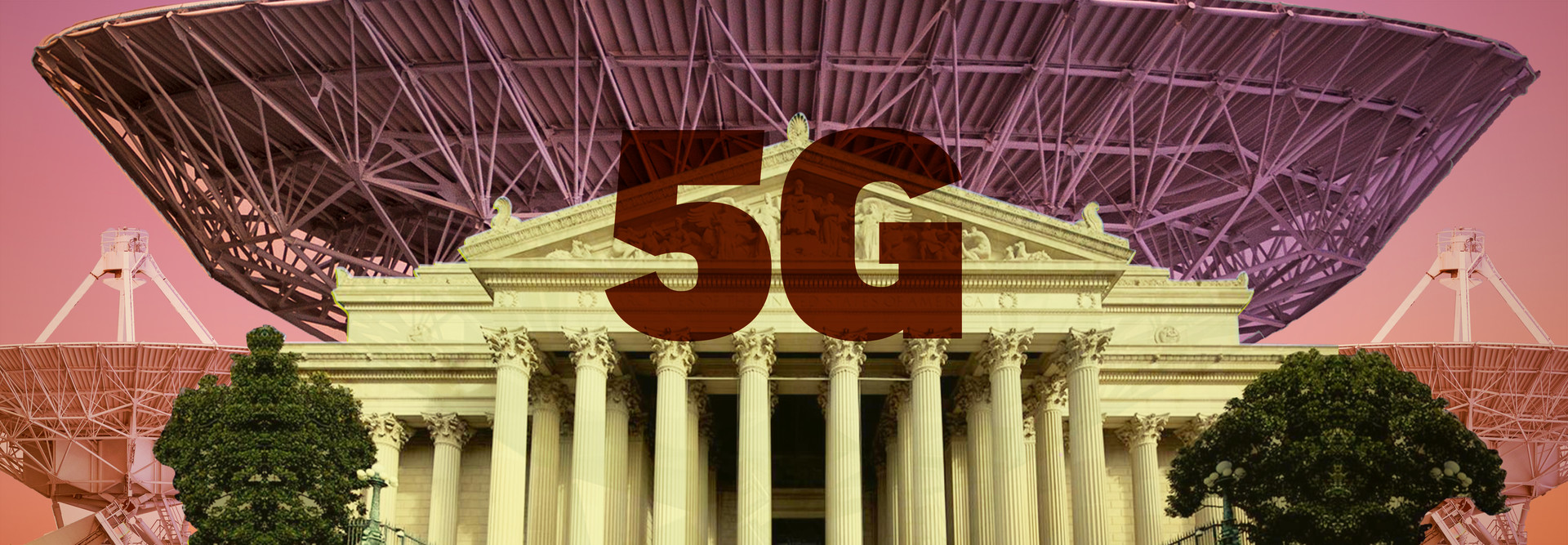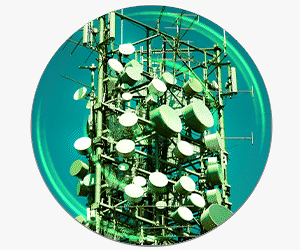5G Market Beginning to Open Wider to Federal Customers
Federal 5G still faces other obstacles, including the potential for the signals to disrupt safety equipment aboard commercial airliners (Verizon and AT&T agreed not to turn on hundreds of transmission towers near airports in January), as well as ongoing supply chain and workforce shortage issues.
Agencies are also in the midst of moving their telecommunications contracts to the General Services Administration’s Enterprise Infrastructure Solutions contract. All existing telecom contracts not already part of EIS expire in May 2023.
It’s been a difficult and confusing time for 5G supporters. But the 5G market is beginning to shift, and that may open the door for federal agencies to move as quickly as consumers would like.
READ MORE: Network modernization and 5G are among the big federal trends for 2022.
For one, Elon Musk and his SpaceX company plan to send more than 40,000 small satellites into orbit over the next few decades; about 700 of the Starlink satellites are already in place, providing internet connections in most of North America and Europe, as well as parts of South America and Australia.
Those connections will be supported by ground stations. Some have been installed on an emergency basis in Ukraine, whose infrastructure has been damaged by war; and in Fiji, providing internet access to Tonga, which was devastated by a volcano in January.
This means the dynamic of deployment will be changing. Right now, 5G is largely under the control of the telecom companies, which run the cables and provide the connections and the network. If Musk’s satellite/ground station plan becomes the norm, that opens the door to other vendors who can handle the ground-based installations.
5G Network Changes Will Provide More Speed and Improve Workflow
Agencies that want to deploy 5G will need vendors who can secure the endpoints that access the network, be that on the ground or in the air, and can secure the connections between the agency and its telecom provider. User authentication and identity management will become necessary services as network use increases.
5G will enable agencies to receive and transmit far more data faster than ever before, and that data will have to be protected and secured. 5G may also replace existing network technologies such as WAN and multiprotocol label-switching, and agencies will need to prepare for that change as well.
DIVE DEEPER: 5G will increase the number of IoT device use cases.
The technology won’t change the way agencies work, but it will enable them to work far more efficiently. Remote workers can use 5G coverage to connect to home offices, rather than having to connect to a hotspot, a secure environment and then to the agency network itself — think of the way your email is available on your phone simply by touching a finger to an app.
5G will also enable better edge computing. Bringing those capabilities to the edge could allow agencies to eliminate a lot of infrastructure and rapidly deploy advanced network capabilities. These include high-bandwidth, low-latency applications such as real-time video streaming, remote surgery and real-time advanced manufacturing.














